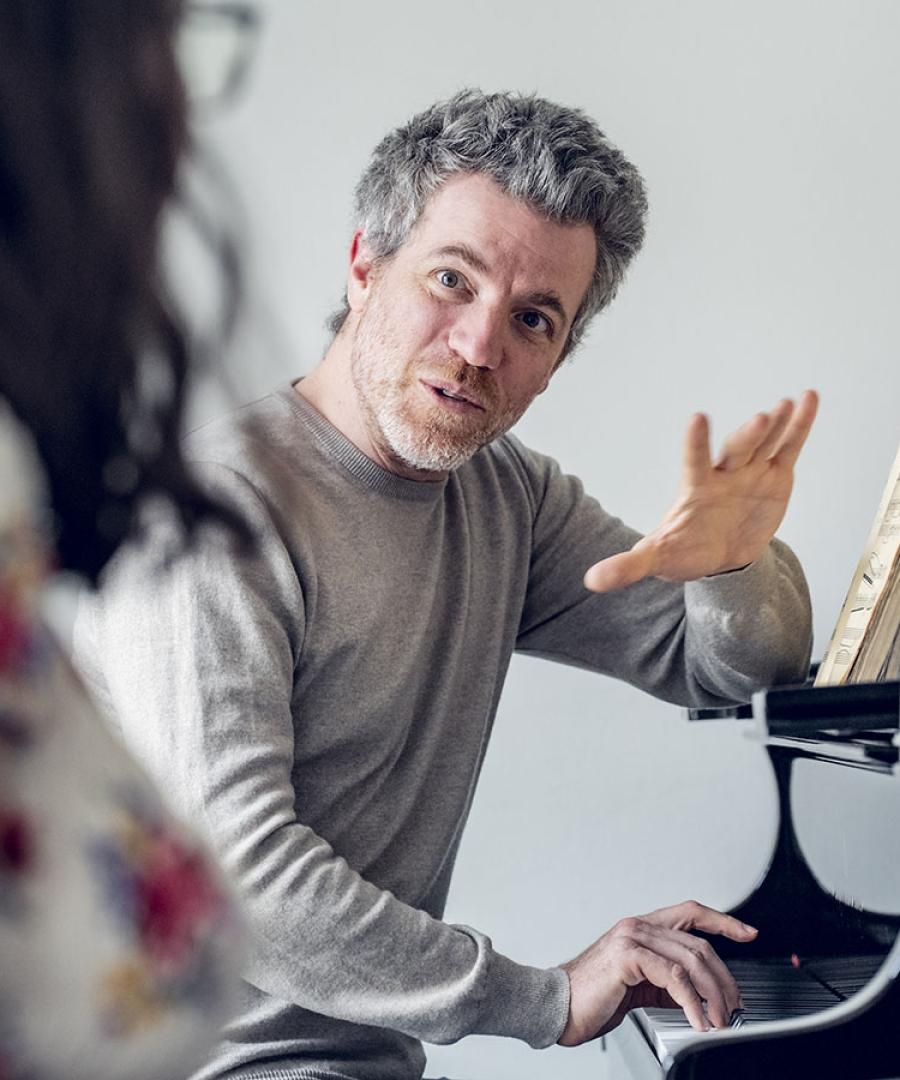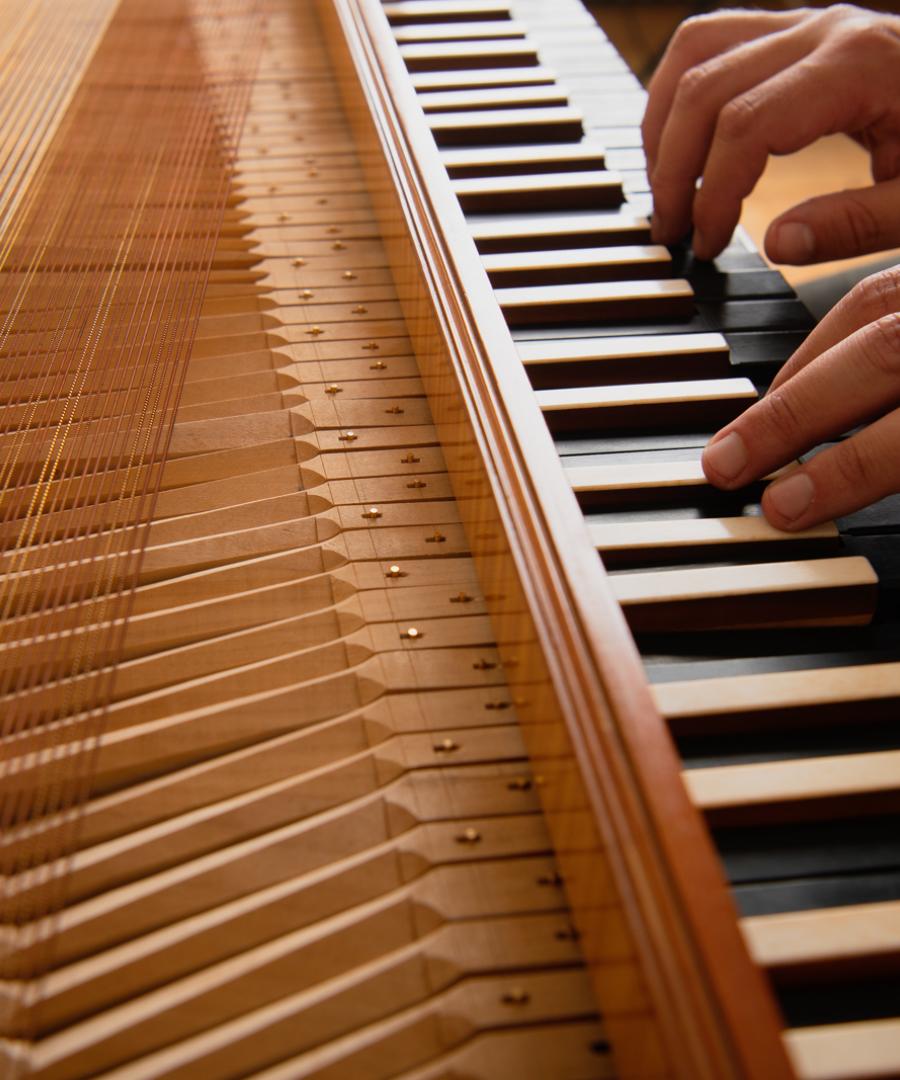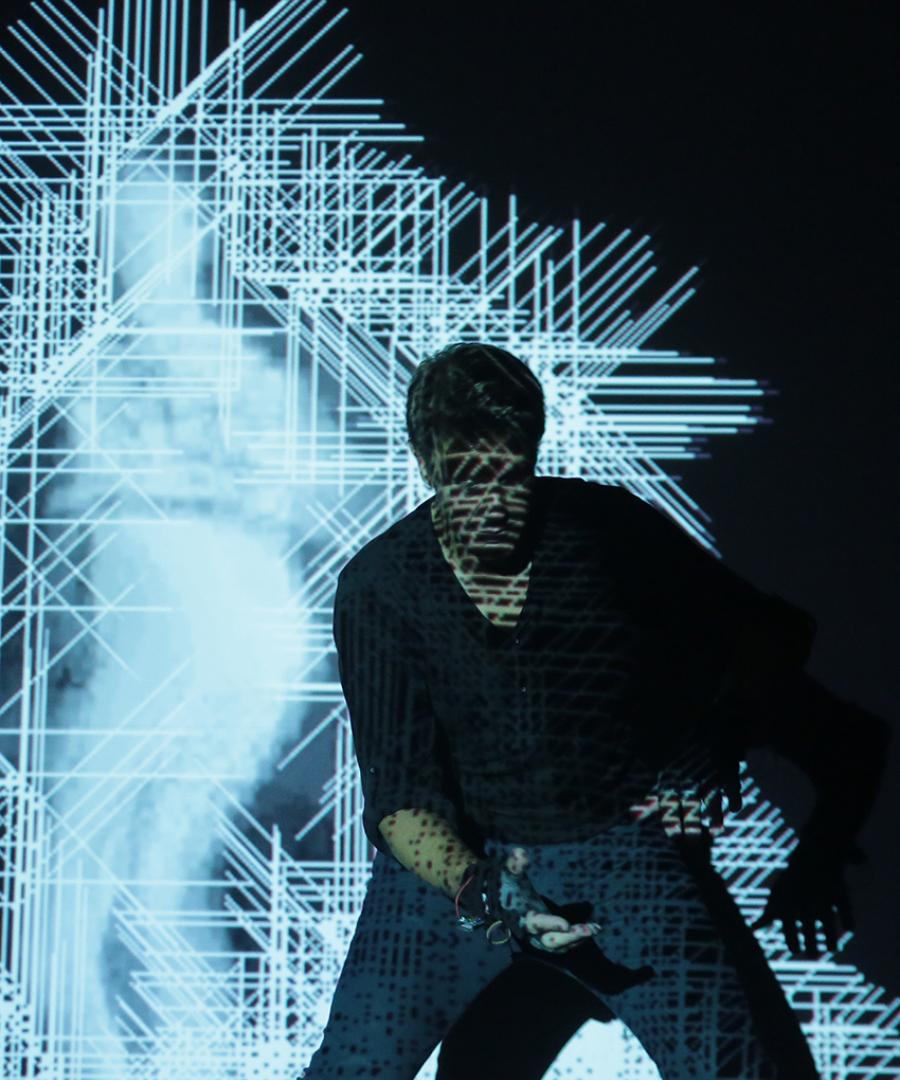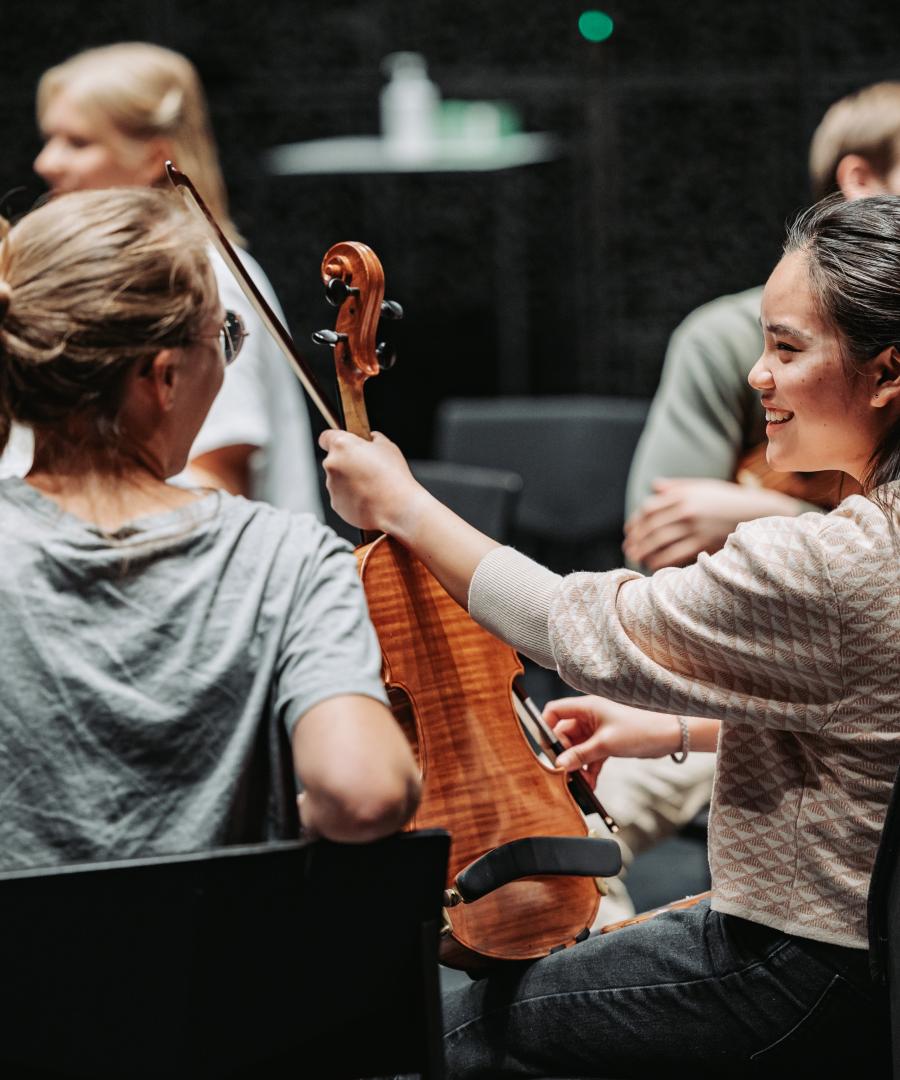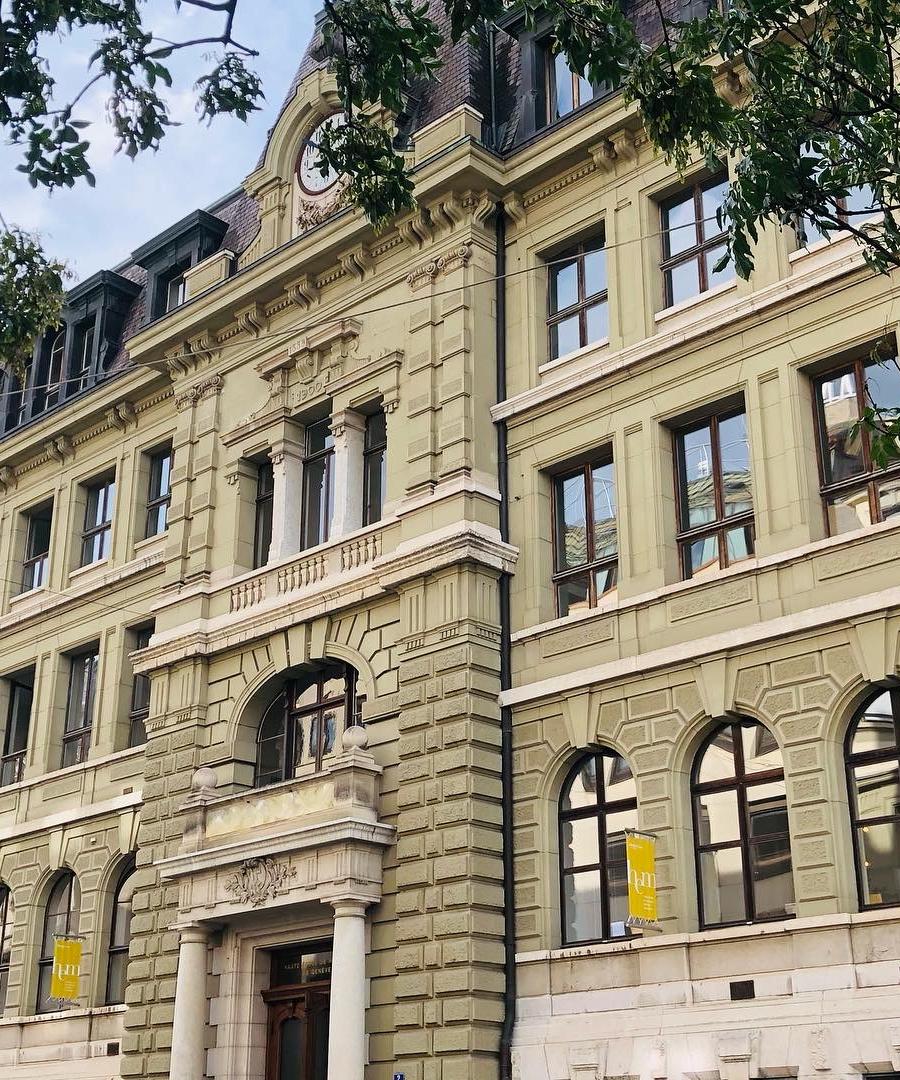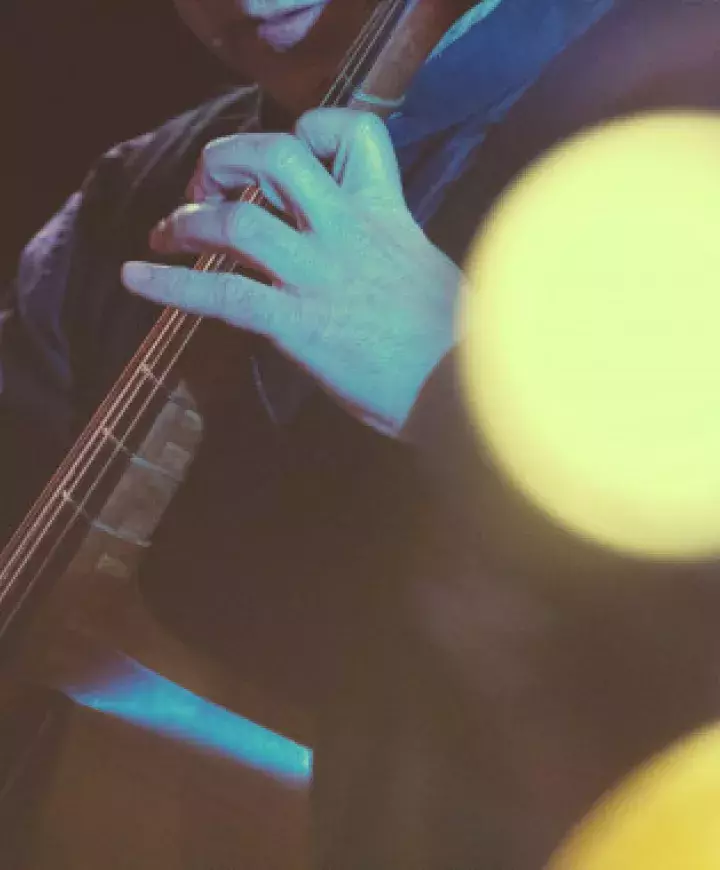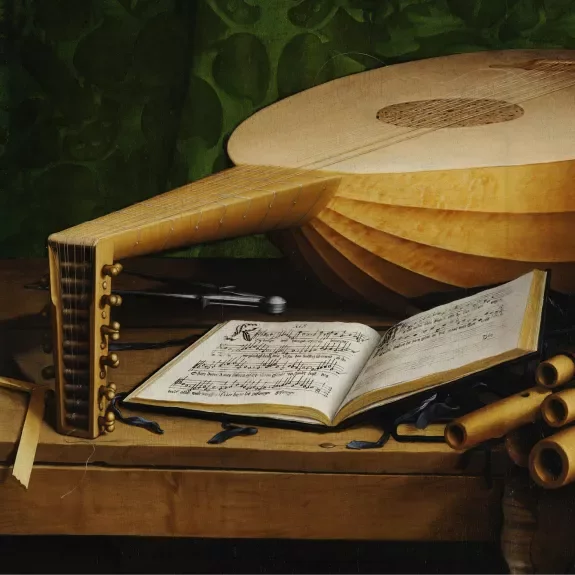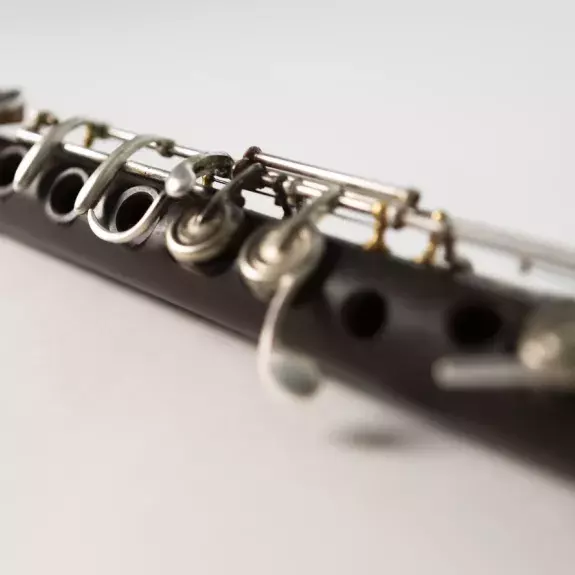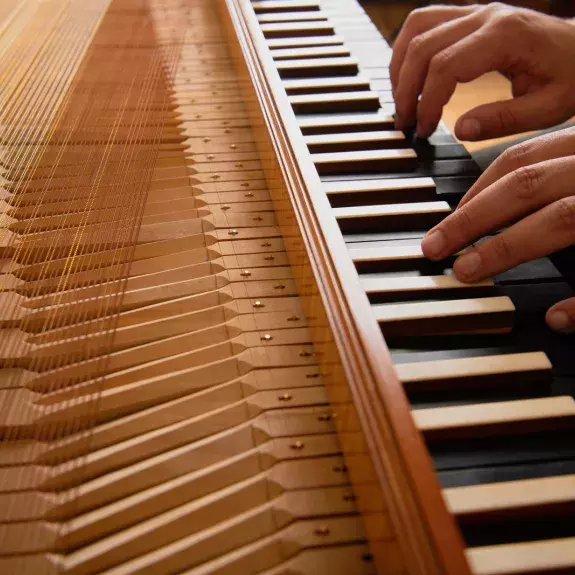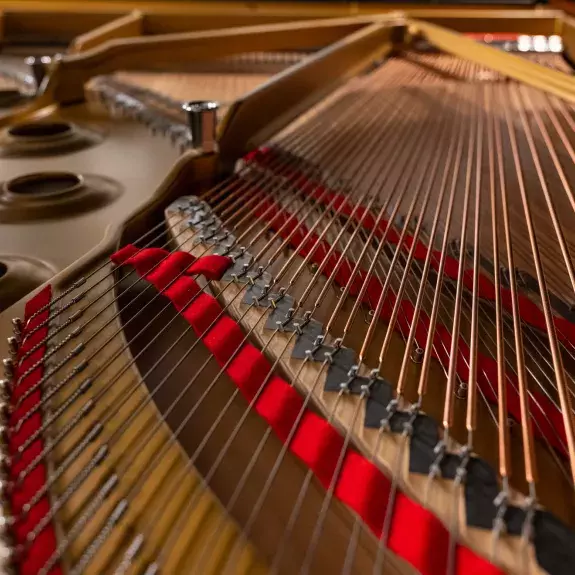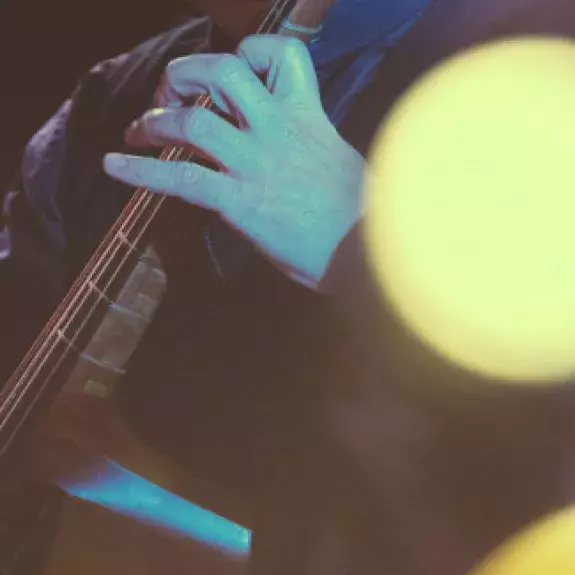- Studies
- Disciplines
- Research
- Events
- The school
Questioning vibrato
Résumé
This series of 4 films was produced during a recording session at the Cologny temple, the aim of which was to test the application of a certain type of vibrato to repertoire from the turn of the 19th century. These films document the research project “Le vibrato entre 1770 et 1820” (Vibrato between 1770 and 1820), led by Guido Balestracci, which aims to bring together different treatises in order to question the historically informed practice and use of vibrato.
With Guido Balestracci, Elizabeth Dobbin, Paolo Corsi, Kyungna Ko, Pablo Agudo López
4 films by Guillaume Castella
Director & Executive Producer: Samy Bouard Cart
Sound: Samuel Albert, Nino Devesa
Image: Samy Bouard Cart, Jeanne Pasquet
In the 1st film, Guido Balestracci, Elizabeth Dobbin and Paolo Corsi introduce and contextualize the recording session at the Temple de Cologny, linking it to Guido Balestracci's research project “Vibrato between 1770 and 1820”.
Pieces performed: Franz Schubert - Der Hirt auf dem Felsen, D. 965 Ludwig van Beethoven - The Farewell Song, WoO 154 N°3
Vibrato in the early 19th century
Louis Spohr's treatise Violinschule, translated and distributed throughout Europe in the first half of the 19th century, had an impact on violin playing throughout the century. This treatise tells us that vibrato should be used sparingly and discreetly. Spohr's comments are anchored in a broader reflection on vibrato. A comparative reading of the treatises reveals a certain reluctance to over-emphasize vibrato at the dawn of the 19th century. This film examines the application of vibrato to a repertoire contemporary with the writing of Spohr's treatise.
Pieces performed: Herman Gustav Jaeschke - Variationen über ein Thema aus der Oper “Jakob und seine Söhne in Egypten” von Étienne-Nicolas Méhul (Introduction and Adagio) Ludwig van Beethoven - The Farewell Song, WoO 154 N°3
Vibrato according to Giuseppe Tartini
The use of vibrato raised important questions in the 18th century. Francesco Geminiani, Leopold Mozart and Giuseppe Tartini addressed the question of vibrato in their respective works. Tartini's treatise “Regole per arrivare a saper ben suonar il Violino” suggests three types of vibrato: slow, lively and a vibrato that gradually increases in speed. It also indicates a few places where this ornament can be used. In the case of left-hand vibrato, he clearly shows how to achieve it. The use of bow vibrato overcomes some of the limitations of left-hand vibrato, particularly in what Tartini calls “half tones”, which do not tolerate intonation fluctuations. Despite the absence of vibrato indications in the scores, Guido Balestracci and Paolo Corsi attempted to apply Tartini's precepts to his Sonata for viola da gamba (Ledenburg Manuscript).
Pieces performed: Giuseppe Tartini - Sonata for viola da gamba (Adagio - Ledenburg Manuscript)
Vibrato from voice to instrument
To examine the question of vibrato in the period 1770-1820, we need to cross-reference musical treatises. Vibrato is dealt with in both pedagogical works for violinists and those devoted to the art of singing. The difficulty in defining vibrato stems from a notable divergence in nomenclature between different sources and languages. This film presents some thoughts on the vocal articulation of vibrato through the instrument's mechanisms. In addition, the ideal of imitating the “natural” vibration of the voice broadens the spectrum of often contradictory theories in instrumental treatises.
Pieces performed Louis Spohr - Scottish Lied, Op. 25 No. 2 Franz Schubert - Der Hirt auf dem Felsen, D. 965
